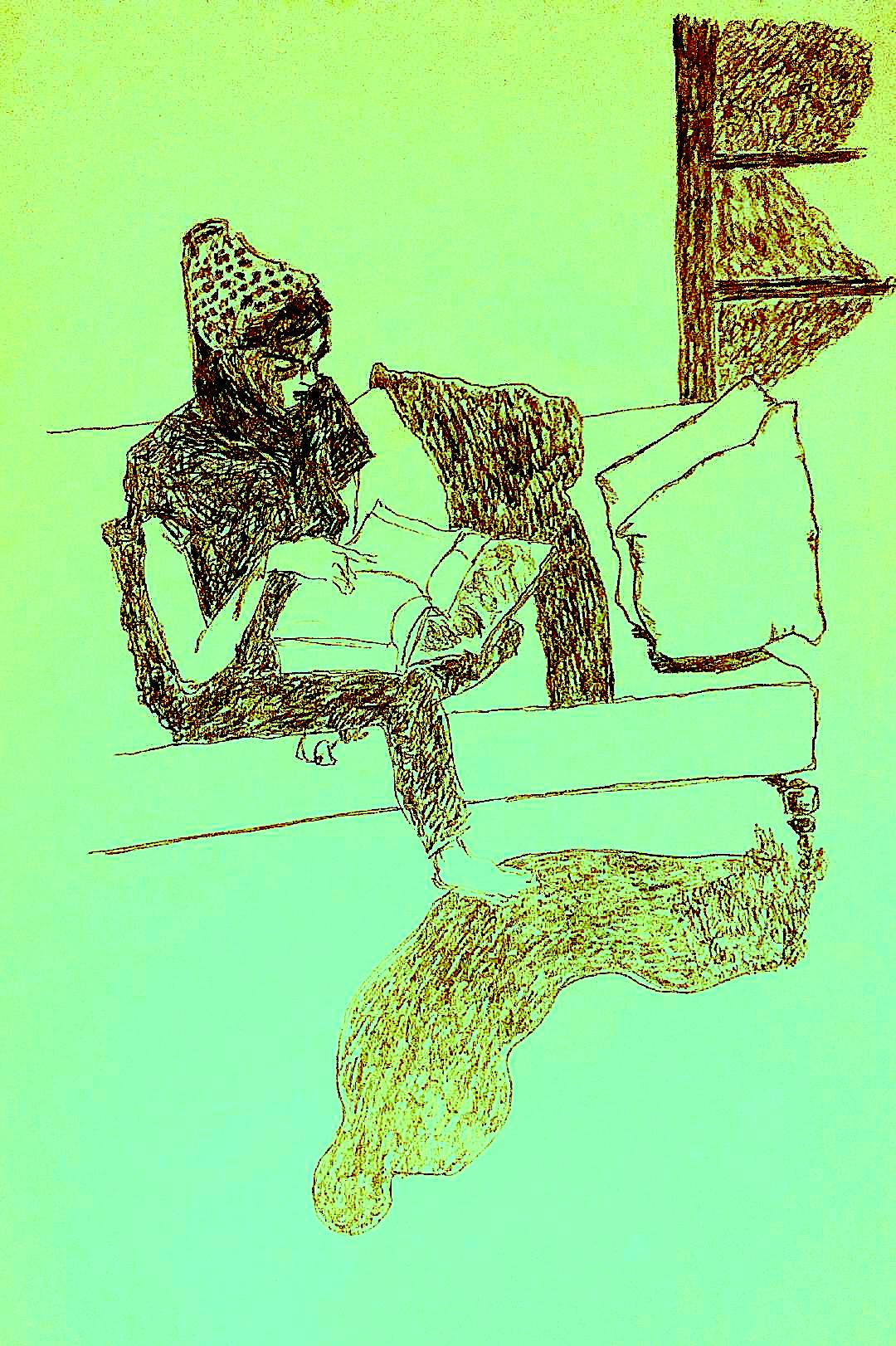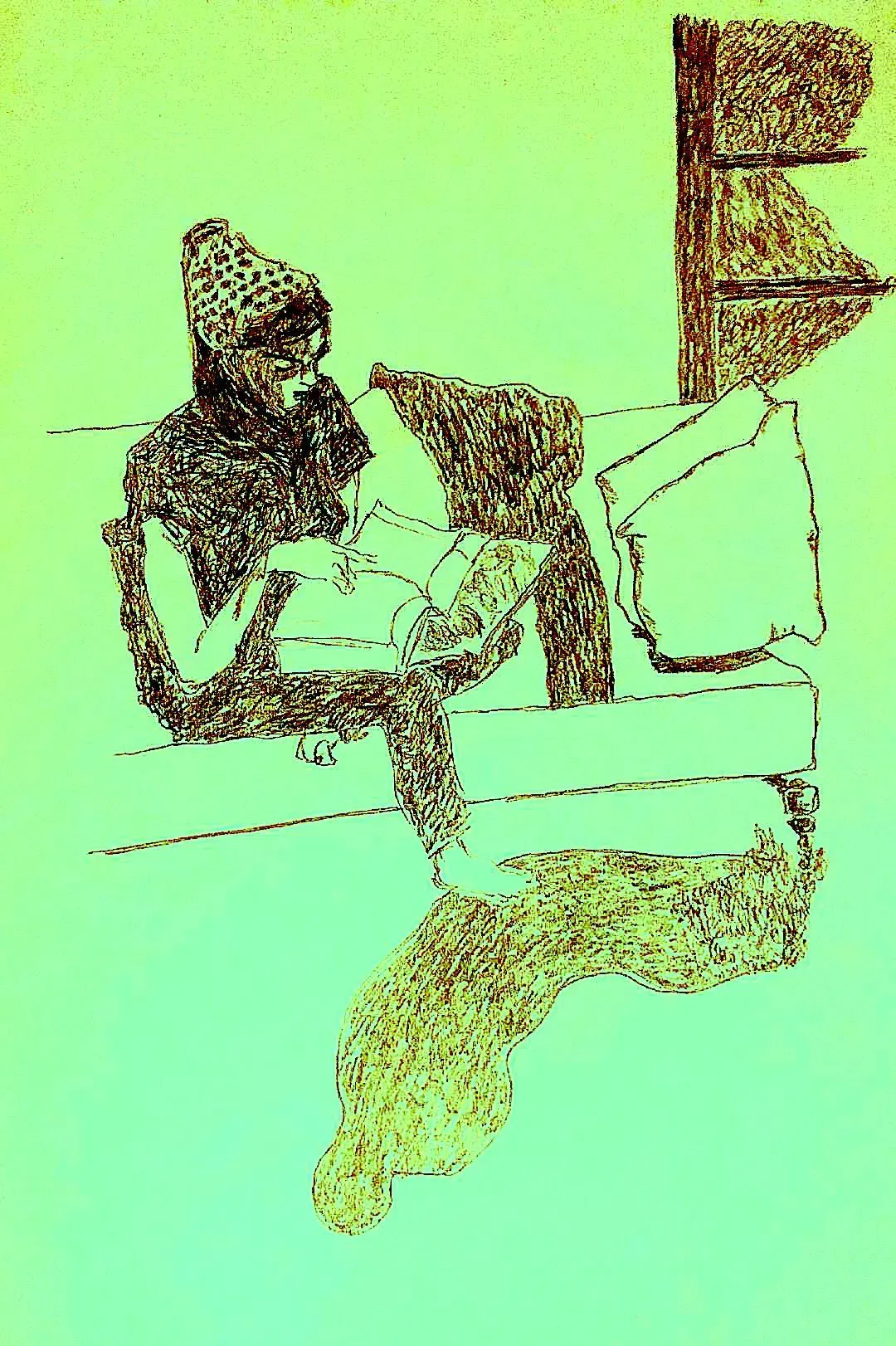Note on Philosophical Perspectives By Wilfred Sellars (4): Abstract Entities


The next essay is Abstract Entities. Sellars asks what we are talking about when we use words like number, property, meaning, proposition, and set. Do we need to add a new population of non physical things to our ontology, or can we explain the work these words do by looking at how language functions in explanation and reasoning?
Start with types and tokens, which you already met when we spoke about the word "cat" printed three times. The printed marks are three tokens. The spelling and meaning they share is the type. It is easy to slide from this to saying that the type is an abstract object hovering over its tokens. Sellars warns against that slide. He says we can account for the type by the rules that govern the correct use and recognition of the tokens. A bus ticket printed twice with the same serial number causes trouble because the transit office has rules that treat same number as same ticket type. The type is not a ghostly ticket. It is a role in a practice that fixes sameness of ticket by number and format. In this spirit, many cases of abstract talk can be read as talk about roles in language governed practices rather than about separate items.
Consider the average family size in a town. Last year it was 2.4. No family has 0.4 of a person. The average is not a member of the population. It is a way of summarising the distribution using a rule that divides the total number of people by the number of families. The average does real explanatory work. It tracks trends, informs school planning, and guides housing policy. Yet we do not need to add a new entity to our ontology. We need the rule that ties the statistic to the data and that licenses inferences about changes across time. Sellars uses examples like this to show that many abstract nouns signal rule bound ways of talking about concrete things, not new things.
Properties such as redness receive a similar treatment. A ripe tomato looks red because of a reflectance profile under standard light and because of how human vision works. When we say redness is a property, we can be tempted to postulate a freestanding abstract redness. Sellars prefers to tie property talk to the inferential role of the predicate red. The role includes rules for applying it, for withdrawing it under odd lighting, and for drawing conclusions such as if it is red then it is coloured. The point is not to deny properties. It is to place them within a practice. To grasp the property is to know the use pattern of the word and its place in reasoning. This is how he keeps abstract talk continuous with science and common sense.
Numbers are a classic test. When we count three apples we use the numeral to mark a pattern that different piles can share. Sellars avoids turning three into a spooky inhabitant of a separate realm by treating numerals and number words as parts of a rule governed calculus. The rules link counting, addition, and measurement. Think of a cashier making change. The practice fixes what counts as correct. On this view, numbers earn their reality by their indispensable role in integrated explanations and actions rather than by a separate mode of being. This is why bank accounts, invoices, and scientific measurements cohere. The numerical roles are locked to public procedures and cross checks.
Sets and classes raise a sharper issue. We often switch between speaking of a group as one and as many. A town council votes. We also say the councillors vote. Russell called this the difference between classes as ones and classes as manys. Sellars shows that the switch is a feature of language use rather than proof of two kinds of entity. The phrase the council functions like a singular term in some sentences and like a way of talking about its members in others. In football we say the defence held firm, which is one way of speaking, and we also say the defenders marked tightly, which is the many way. Rather than building two councils, we recognise two roles for class talk in our grammar and inference. This prepares the ground for his later treatment of the Russell paradox without multiplying entities.
Propositions and meanings are another test. When we say Alice believes that Paris is north of Rome, it is natural to think that the that clause names a proposition, an abstract bearer of truth that many speakers can share. Sellars’ strategy is to explain the sharing by the public rules for using sentences, rather than by positing a realm of propositions. The rules say when a sentence type is correctly assertible, how it is inferentially related to others, and how it is tied to observation and action. Two speakers count as believing the same thing when they stand in the same web of language governed commitments and entitlements. A teacher asks what is the capital of France and pupils answer Paris. The sameness here is secured by the role of the sentence in the practice, not by a token independent proposition floating between minds.
You can see the same lesson in measurement reports. A lab notebook records that the solution reached ninety five degrees Celsius. The meaning of that sentence lies in how it is used and checked. It licenses inferences about boiling, about what a thermometer should read if inserted again, and about what happens to dissolved gases. If another lab records the same condition in the same units, they and we can compare results. We explain this intersubjective grip by the institution of measurement rules, not by positing an extra abstract object called the proposition that ninety five degrees is reached. The explanatory work is done by the practice.
Sellars calls this general stance a metalinguistic way with abstracta. When you seem to speak of an abstract thing, you are often, on analysis, speaking about words and their use. This is a claim about what explains the stability and power of our discourse. Think about musical works. The score of a Bach prelude can be printed many times and performed by many players. We are tempted to say the work is an abstract object that the copies instantiate. Sellars would say that the work is better understood as a role fixed by the notational system, performance practice, and standards of correctness within a musical tradition. The same move that handles ticket types and sentence meanings handles musical works. The ontology follows the rule governed patterns that make talk of the work effective and checkable.
None of this denies that abstract vocabulary earns its keep. It sets a standard for when to take such vocabulary as committing us to entities. The standard is the one already at work in his physical realism. If a posit is part of our best integrated explanations, supports prediction and intervention, and meshes with adjacent theories, we treat it as real in the sense appropriate to its role. Centres of mass in physics meet this standard. They help us calculate trajectories and stability. We do not need a new object glued to a body. We need a mathematically defined point tied to laws and measurements. In mathematics itself, numbers meet the standard through their roles in proofs and applications. In semantics, meanings meet it through their roles in the theory of inference and communication. The key is to be clear about the role and not to reify the role into a new substance.
Sellars also connects abstract talk to his account of analysis. When we analyse a concept, such as knowledge, we try to state rules that govern its correct use. This can look like we discover a hidden abstract object, the essence of knowledge. He resists that picture. Analysis is a matter of making explicit the inferential and observational roles that competent speakers already follow. Here a familiar classroom example helps. A school sets rules for what counts as late. If a pupil walks in after nine, the register marks late. If the head changes the rule to nine five, the classification changes. We do not say that lateness as an abstract entity moved. We say the rule moved. Much philosophical talk about abstracta masks this rule making and rule following structure.
The upshot of Abstract Entities is a disciplined way to read our own language. Before adding entities, ask which rule bound roles the words play in practices of measuring, classifying, inferring, and coordinating action. Where the roles knit into explanation, we keep the vocabulary and honour its reality in that sense. Where the roles can be discharged by metalinguistic description of use, we explain the appearance of new things by pointing to the practice instead. This allows us to keep what is right in talk of numbers, properties, sets, meanings, and propositions, while avoiding a museum of free floating abstract objects. It also sets the stage for the next essay, which treats classes and the Russell paradox by applying the same rule guided method rather than multiplying kinds of being.